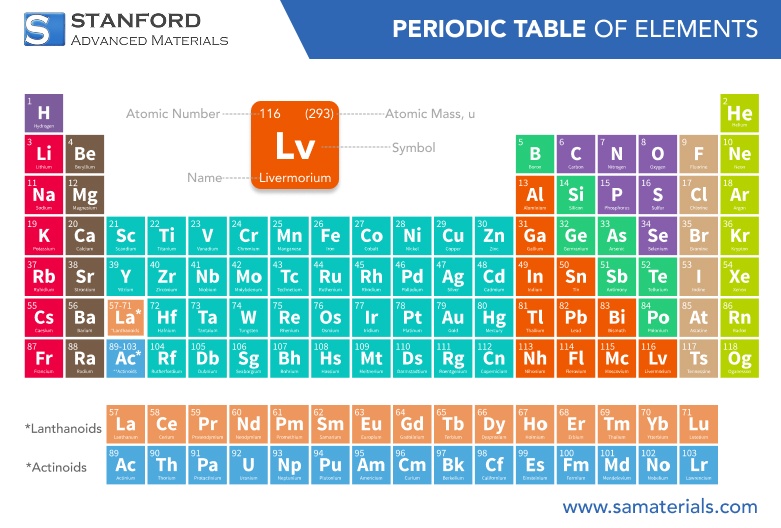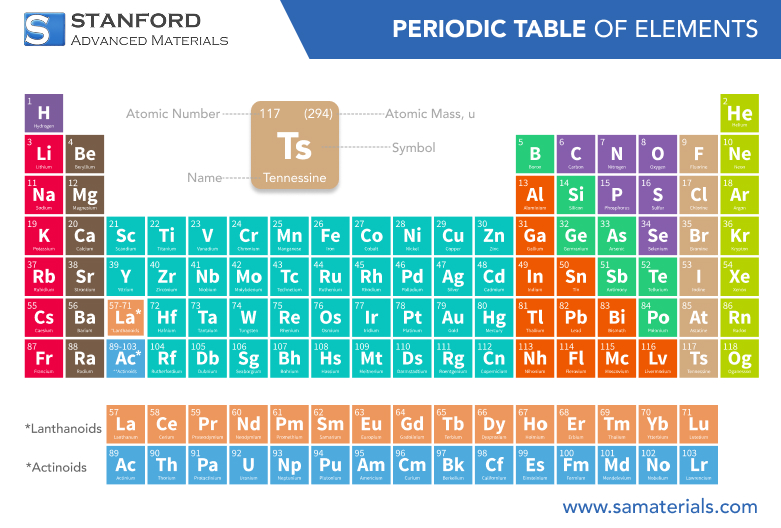Argon: Element Properties And Uses
Description
Argon is a colourless, odourless and inert gas. It belongs to the noble gas group in the periodic table. It is present in the Earth's atmosphere in trace amounts.
Introduction to the Element
Argon (Ar) is a noble gas. It is chemically inert and does not readily form compounds with other elements. It was discovered in 1894 by Lord Rayleigh and Sir William Ramsay. Argon constitutes approximately 0.93% of the Earth's atmosphere and is the third most abundant gas after nitrogen and oxygen. Its name is derived from the Greek word "argos", meaning "inactive", which reflects its chemical inactivity. For further details, please refer to Stanford Advanced Materials (SAM).
Description of Chemical Properties
Argon is chemically inert. It does not form chemical compounds under standard conditions. This property makes it suitable for applications where reactions with other elements are not desired. Its full outer electron shell gives it a stable electronic configuration, thereby resulting in very low reactivity.
Table of Data on Physical Properties
The following table shows the physical properties of argon:
|
Property |
Value |
|
Atomic number |
18 |
|
Molecular weight |
39.948 g/mol |
|
Density |
1.784 g/L (at 0°C and 1 atm) |
|
Melting point |
-189.34°C |
|
-185.85°C |
Common Uses
Argon is used in various industrial applications because of its inert properties. Some common applications are:
1. Welding and metal processing: Argon is employed as a shielding gas to protect metals from oxidation during welding.
2. Lighting: Argon is utilised in light bulbs and fluorescent tubes.
3. Insulation: Argon is used as an insulating gas between the glass panes of double-glazed windows.
4. Inert atmospheres: Argon is applied in laboratories and industrial processes where an inert atmosphere is required.
Extraction Methods
Argon is generally obtained through the fractional distillation of liquefied air, a process in which the various components of air are separated according to their different boiling points. During this process, nitrogen, oxygen and argon are separated, with argon being collected in its purified form.
Related Industrial Products
Argon is an essential component in many industrial applications. It is combined with other gases such as helium, oxygen and nitrogen to create specific atmospheres in various sectors. For example, argon is used in conjunction with other gases in the manufacture of semiconductors and in the process of crystal growing in laboratories.
Frequently Asked Questions
What is argon?
Argon is a colourless, odourless and inert noble gas. It is present in the Earth's atmosphere. Its inert chemical behaviour makes it suitable for many industrial processes.
Why is argon used in welding?
Argon is used as a shielding gas during welding. It prevents oxidation and unwanted chemical reactions that may affect the quality of the weld.
How is argon obtained?
Argon is extracted by fractional distillation of liquefied air. The process separates argon from other gases based on their boiling points.
Is argon harmful to humans?
Argon is not harmful in small quantities. In high concentrations, it can displace oxygen and potentially cause asphyxiation in confined spaces.
Where is argon typically used?
Argon is used in many applications due to its chemical inertness. It is employed in welding, lighting, insulation and laboratory work.

 Bars
Bars
 Beads & Spheres
Beads & Spheres
 Bolts & Nuts
Bolts & Nuts
 Crucibles
Crucibles
 Discs
Discs
 Fibers & Fabrics
Fibers & Fabrics
 Films
Films
 Flake
Flake
 Foams
Foams
 Foil
Foil
 Granules
Granules
 Honeycombs
Honeycombs
 Ink
Ink
 Laminate
Laminate
 Lumps
Lumps
 Meshes
Meshes
 Metallised Film
Metallised Film
 Plate
Plate
 Powders
Powders
 Rod
Rod
 Sheets
Sheets
 Single Crystals
Single Crystals
 Sputtering Target
Sputtering Target
 Tubes
Tubes
 Washer
Washer
 Wires
Wires
 Converters & Calculators
Converters & Calculators
 Write for Us
Write for Us
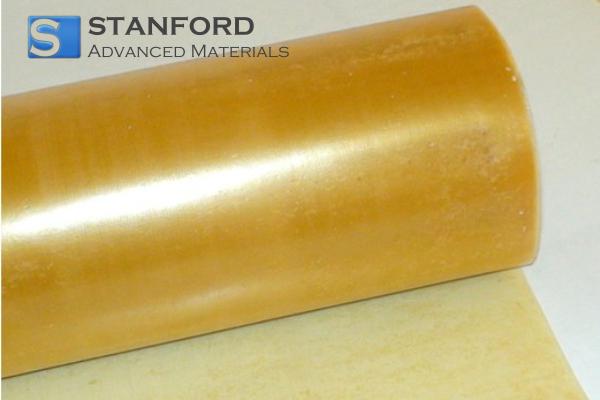
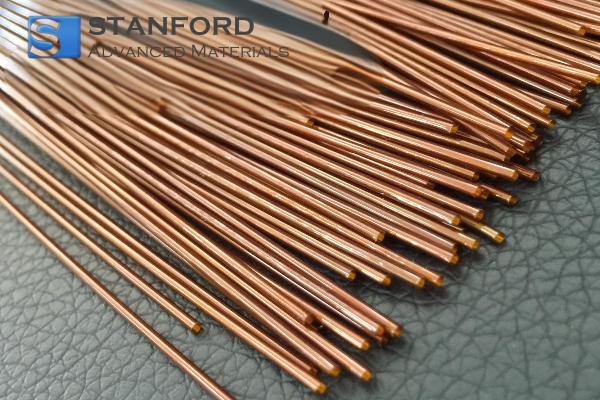
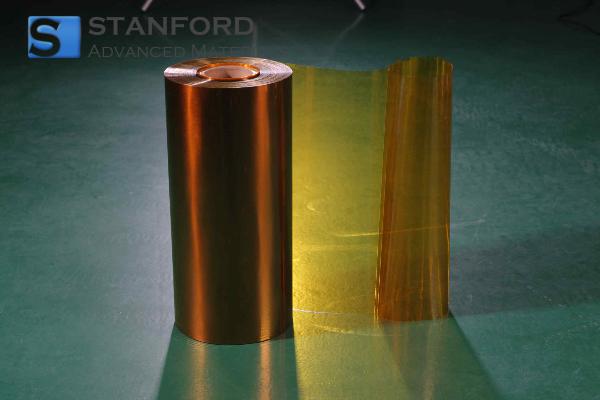
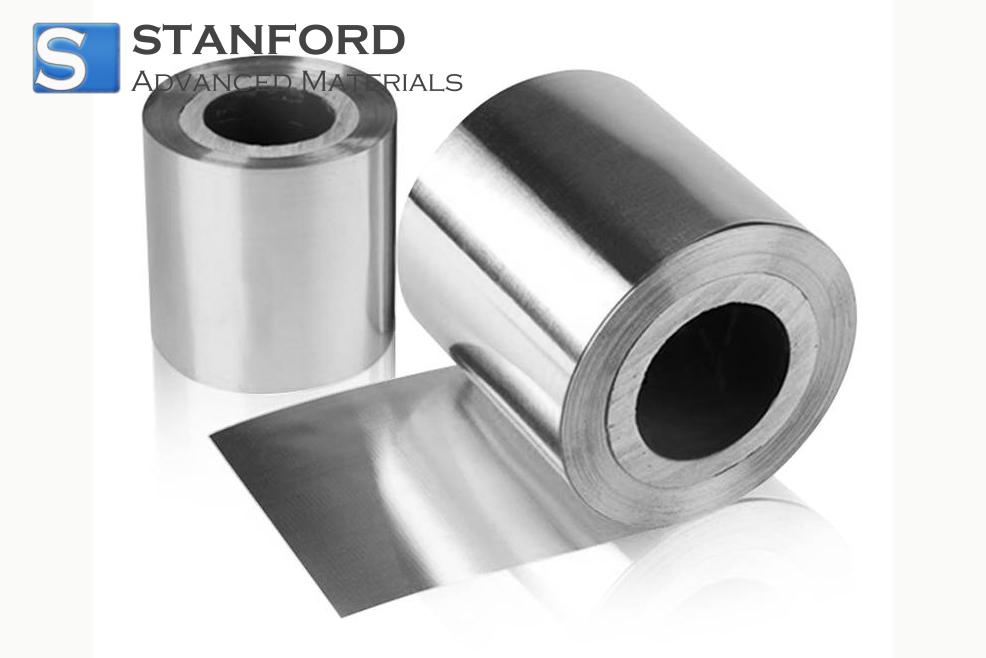
 Chin Trento
Chin Trento

